
Inflation is kicking us right in the budget. The rising costs of housing, fuel and utilities means less money for groceries. Some 49 million people in the U.S. visited food banks in 2022, according to Feeding America.
You can’t do much about the price of rent, gas or electricity. But you can get smarter about how you use your grocery dollars.
Back in the day, Chicago’s meatpacking industry boasted that it used “everything about the pig except the squeal.” Here’s my suggestion: Start using the squeal.
“The bones and shells and peels of things are where a lot of their goodness resides,” writes Tamar Adler in “An Everlasting Meal: Cooking With Economy and Grace.”
Professional cooks like Adler have always known this. That froufrou restaurant where you celebrated your anniversary almost certainly used the squeal. And so can you.
Don’t be too quick to throw away something because it’s “old” or “stale,” either. For example, “old” milk might be a bit strong-tasting for Cheerios, but it can be used in other ways. And there’s no need to toss “stale” items that could be turned into something else — or maybe returned to their former freshness.
None of the following tips will magically make inflation disappear. But every little bit helps. Your hard-earned money paid for that food, so why not use it all?
1. Food scraps
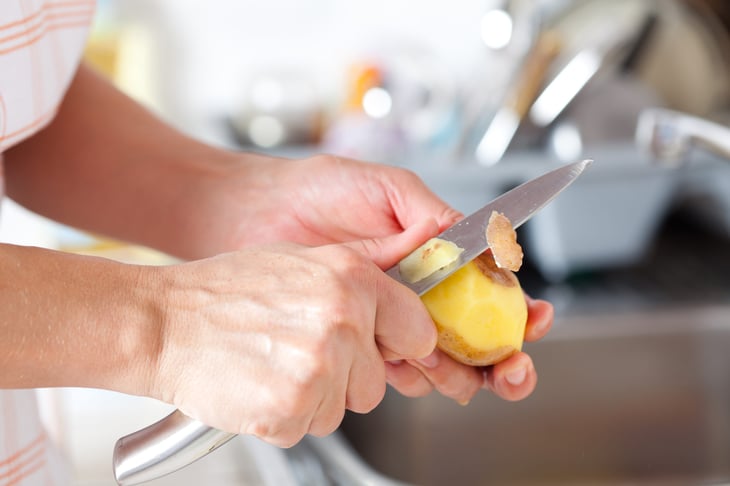
Those bones, shells and peels that Adler mentioned? Freeze them until you have enough to fill a slow-cooker or Instant Pot. Simmer and strain, and you’ll have the basis of some delicious soups or stews.
Most food scraps can go in there: radish or carrot tops, potato peels, apple or pear cores, green-bean ends, peapods, herb stems and onion skins. Feel free to toss in bones, too. (Pro tip: The carcass of a Costco rotisserie chicken makes a lovely soup.)
You’ll never have to pay for stock or broth again. Bonus: You can control the sodium content. Add seasonings, a bit of leftover meat, whatever vegetables you have on hand and maybe some rice or pasta and you’ll have a fast, affordable meal.
2. The last few bits of … anything
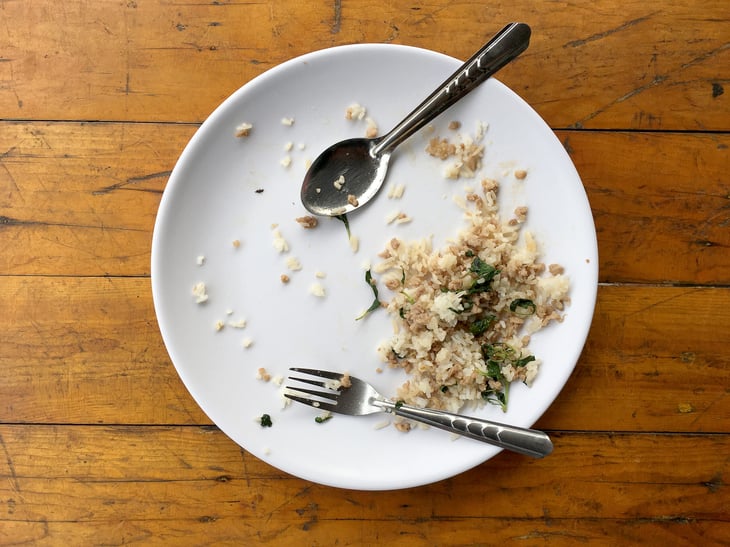
That quarter-cup of leftover corn. A single ladle of gravy. The last scrapings of the mashed-potato bowl. Those shreds of roast pork at the bottom of the pan.
Don’t throw out any of it. Instead, patiently save these gleanings in a freezer bag in order to make what an old friend called “garbage soup.”
Once the bag is full, time to get thrifty:
- Thaw a quart of that boiling-bag stock (mentioned previously) in a pan on the stove.
- Add the contents of your bag of frozen bits and bring to a boil.
- Taste the result, and add seasonings if needed.
- Serve with bread or crackers, and a secret sense of delight at avoiding waste and saving money.
3. Celery and green onion ends
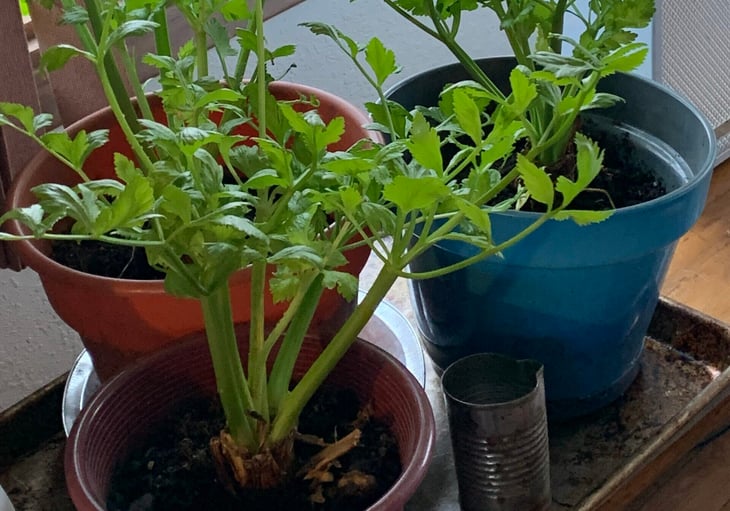
When you cut the bottom off a head of celery, put it in a pot of soil in a sunny window. It should take root and start putting out new stalks.
If you grow celery in your garden, dig up the root at harvest time and pot it up for a winter houseplant. The photo above is of three such plants in my Alaska kitchen.
The process is fun to watch, and even more fun when you get to eat the results. Celery leaves are good in salads, or you can add them to soup or stew. Oh, and this re-grow trick also works for green onions.
4. Bread heels and stale bread
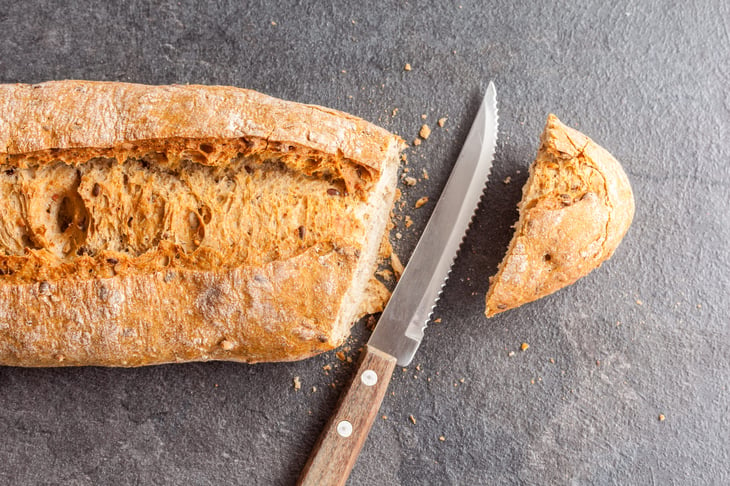
Some people routinely throw away the “end” slices of bread loaves. Pro tip: Get one more sandwich per loaf by flipping the slices so that the “end” parts are on the inside, obscured by tuna salad or peanut butter.
Some people swear that bread heels make the best toast. You could also cut them into cubes, let them get good and stale on a plate, and use for bread pudding, croutons or to extend ground meat.
If you’re paying $4 or $5 a loaf, why throw away one-twelfth of it?
5. Pickle brine
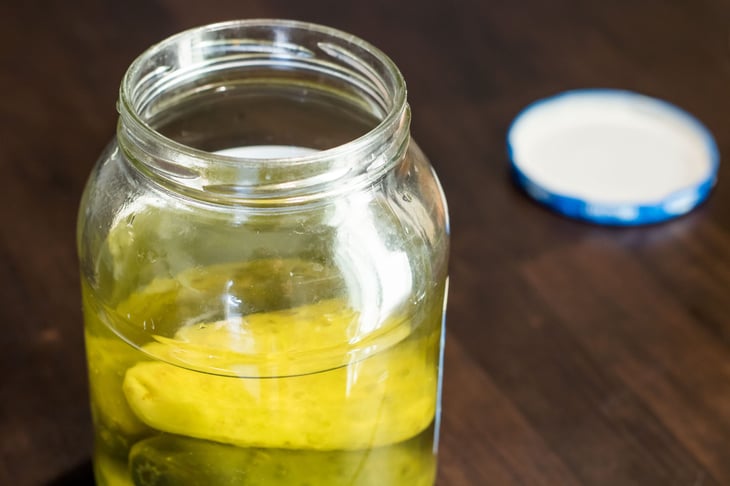
Once the jar is empty of pickles, add thinly sliced cucumbers, carrots, green beans or any other vegetable. In a couple of days, you’ll have more pickles.
A splash of sweet pickle brine makes coleslaw or potato salad more interesting. We pour sour pickle juice into almost-empty mustard bottles and shake well; mustard vinegar is a nice addition to lentils, beans, soup or anything that needs a bit of tang.
Some fitness folks swear that pickle brine helps relieve muscle cramps. WebMD notes that pickle-juice popsicles eaten at mealtime may help with blood-sugar control; however, the site suggests anyone who has a stomach ulcer or is at risk for high blood pressure should avoid ingesting brine.
6. Vegetable cooking water

There’s both nutrition and flavor in the water used to cook potatoes, green beans or other vegetables. Use it for making soup, or for reconstituting store-bought canned soup. It also works well with homemade bread; yeast loves carbs!
We save these liquids in the freezer and use them to cook the contents of the boiling bag mentioned earlier.
Note that “vegetable” can also mean the last little bits of salsa or ketchup. Add a little water to those “empty” containers and shake well, then add to the mix.
7. Jam or jelly
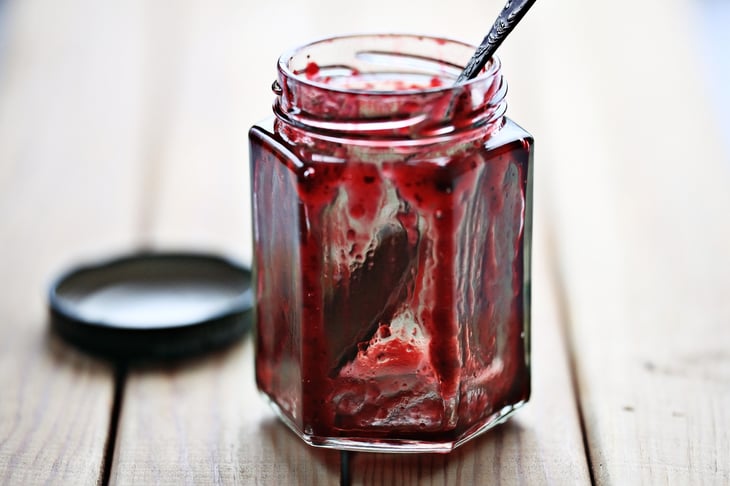
You’ve used it all – or have you? Add a little oil, vinegar and seasonings to the last scrapings of preserves, then shake into a fruity vinaigrette for salads.
Another tactic: Add some milk, shake well and drink the result. Play your cards right and your kids will think that this is what a “milkshake” is.
8. Meat and poultry fats
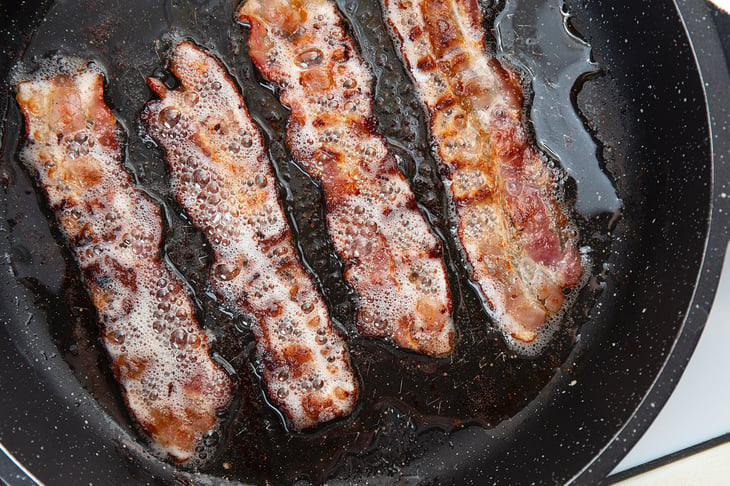
There’s a reason that Grandma kept a jar of bacon grease on hand. Pro chefs and home cooks alike know that sauteing vegetables in chicken or bacon fat adds flavor to the finished product.
Don’t throw away the fat from browned ground beef, either, or discard the chilled fat from the top of homemade chicken or turkey soup. Using them to saute will reduce the cooking oil you must buy.
9. ‘Old’ dairy products
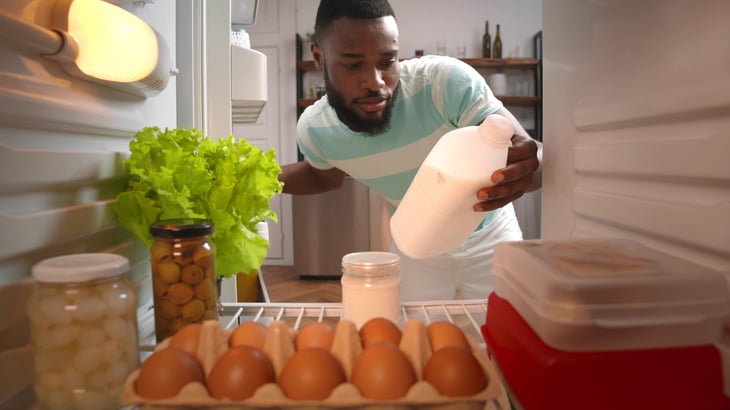
Don’t automatically toss milk at its “best-by” date. It’s probably still good, especially if you kept it cold instead of leaving it on the breakfast table every morning. Even if it is a little sniffy, it’s still usable; according to Bon Appétit, slightly sour milk works the same way as store-bought buttermilk.
In other words: Perfect for things like pancakes, waffles, biscuits or cake. Do an online search for “sour milk recipes” and you’ll be inspired.
Two other dairy-saving options:
- Cottage cheese: Eating Well suggests that if cottage cheese were refrigerated immediately after purchase, it should be good for seven to 14 days past its “best-by” date.
- Yogurt: According to FoodSafety.gov, yogurt that’s refrigerated properly is good for up to two weeks past its purchase date, and up to two months if frozen. When my homemade yogurt starts smelling yeasty, I know it’s time to buy a new starter; meanwhile, I freeze all the slightly off product and use it for smoothies or for baked goods that require sour cream.
10. Stale crackers or other snacks
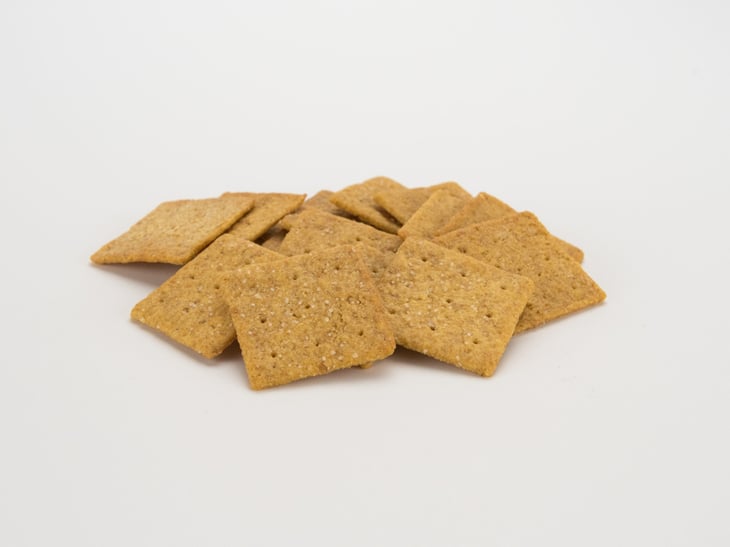
You paid five or six bucks for crackers/chips/pretzels/cheese popcorn/whatever, and forgot about them. Now they’re soft and unappetizing.
There’s a fix for this expensive fail: Bring the treats back to crispy, crunchy life via an air fryer, a toaster oven or a regular oven on low heat.
This also works for breakfast cereal, if your kid (or your spouse) failed to close the package properly. And speaking of cereal …
11. Cereal crumbs

Oh, those disappointing bits at the bottom of the bag. But don’t get sad. Get creative. For example, MyRecipes.com shows how to make cereal-crumb granola.
The crumbs from plain cereal varieties like rice bits or corn or wheat flakes can be added to meatloaf, meatballs or other ground-meat dishes. Or, crush them and use them as breading for fried foods.
My household uses shopping apps to get presweetened cereal nearly free, for a fun grownup snack. The colorful orts from the bottom of the box lend visual interest and a bit of crunch to homemade cookies.
Recently, my partner sprinkled the multicolored crumbs atop sliced apples with peanut butter, then announced his intention to patent the treat. He should.





Add a Comment
Our Policy: We welcome relevant and respectful comments in order to foster healthy and informative discussions. All other comments may be removed. Comments with links are automatically held for moderation.